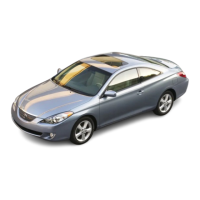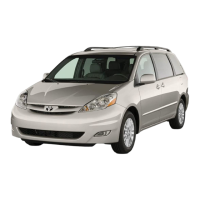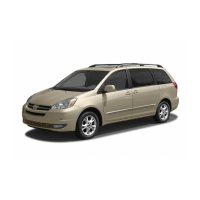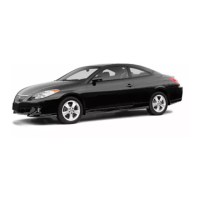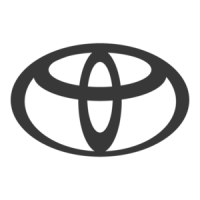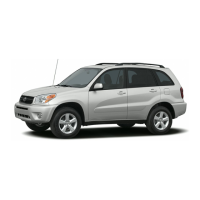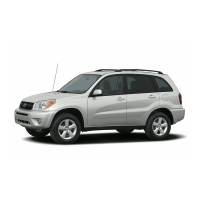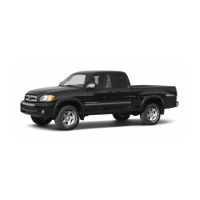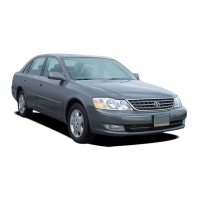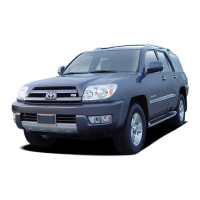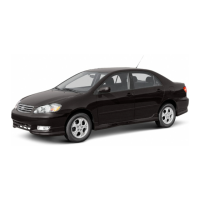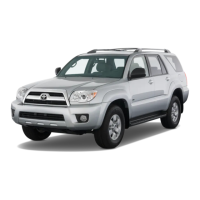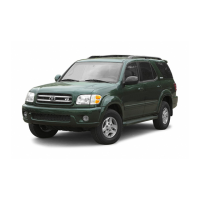
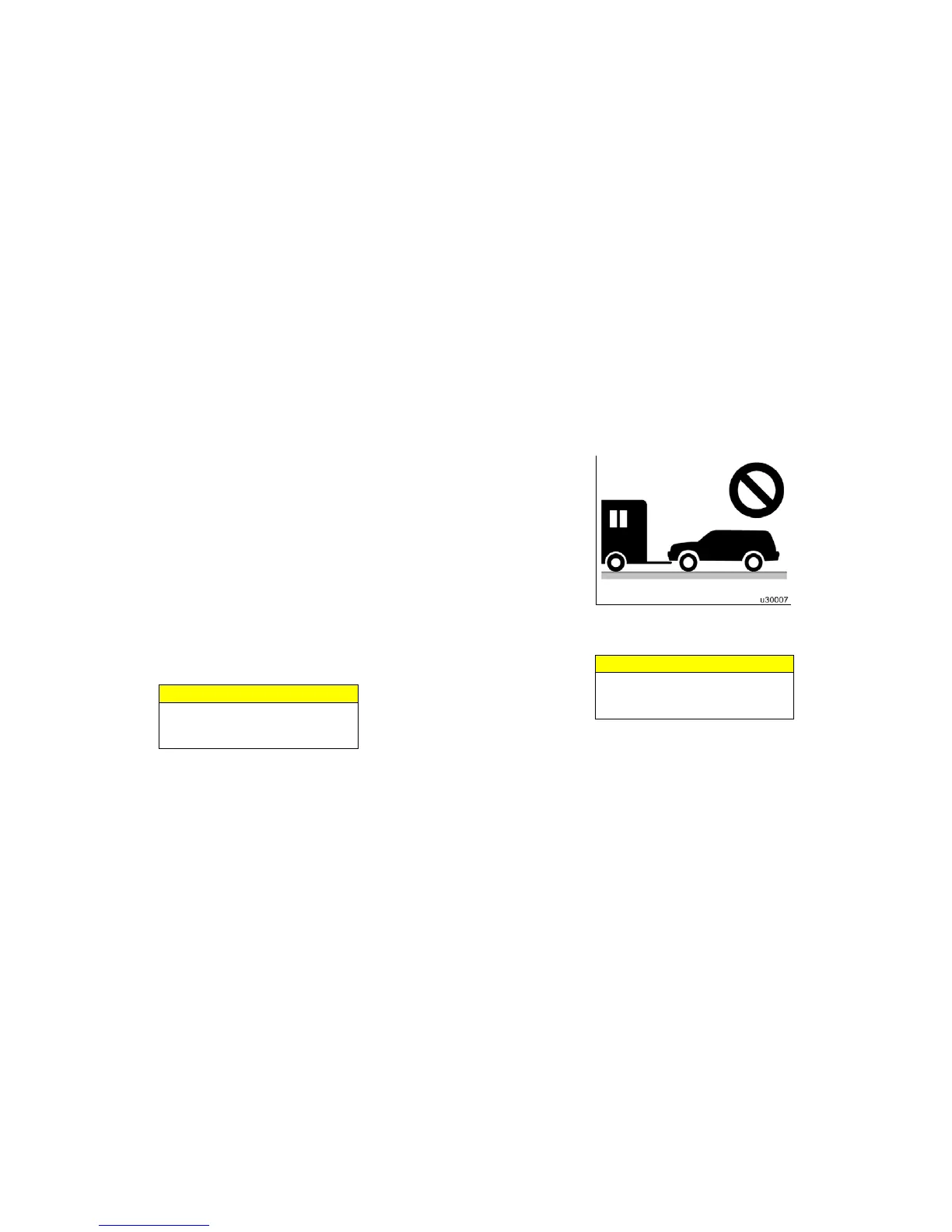 Loading...
Loading...
Do you have a question about the Toyota 2004 Sequoia and is the answer not in the manual?
| Brand | Toyota |
|---|---|
| Model | 2004 Sequoia |
| Category | Automobile |
| Language | English |
Explains occupant restraint systems, function, operation, and potential hazards.
Details the master and sub keys, their function, and handling precautions.
Explains operation of headlights, turn signals, and automatic light control.
Explains selector lever positions (P, R, N, D, 2, L) and shift lock system.
Explains the function of the ABS system and how to press the brake pedal.
Provides simple checks and procedures for when the vehicle will not start.
Details the procedure for changing a flat tire, including necessary tools and precautions.
Provides essential safety precautions to prevent injury when performing vehicle maintenance.
Explains how to check the engine oil level using the dipstick and the correct oil type.
Details how to check the engine coolant level in the reservoir and add coolant.
Explains battery precautions, checking the exterior, condition, and recharging.
